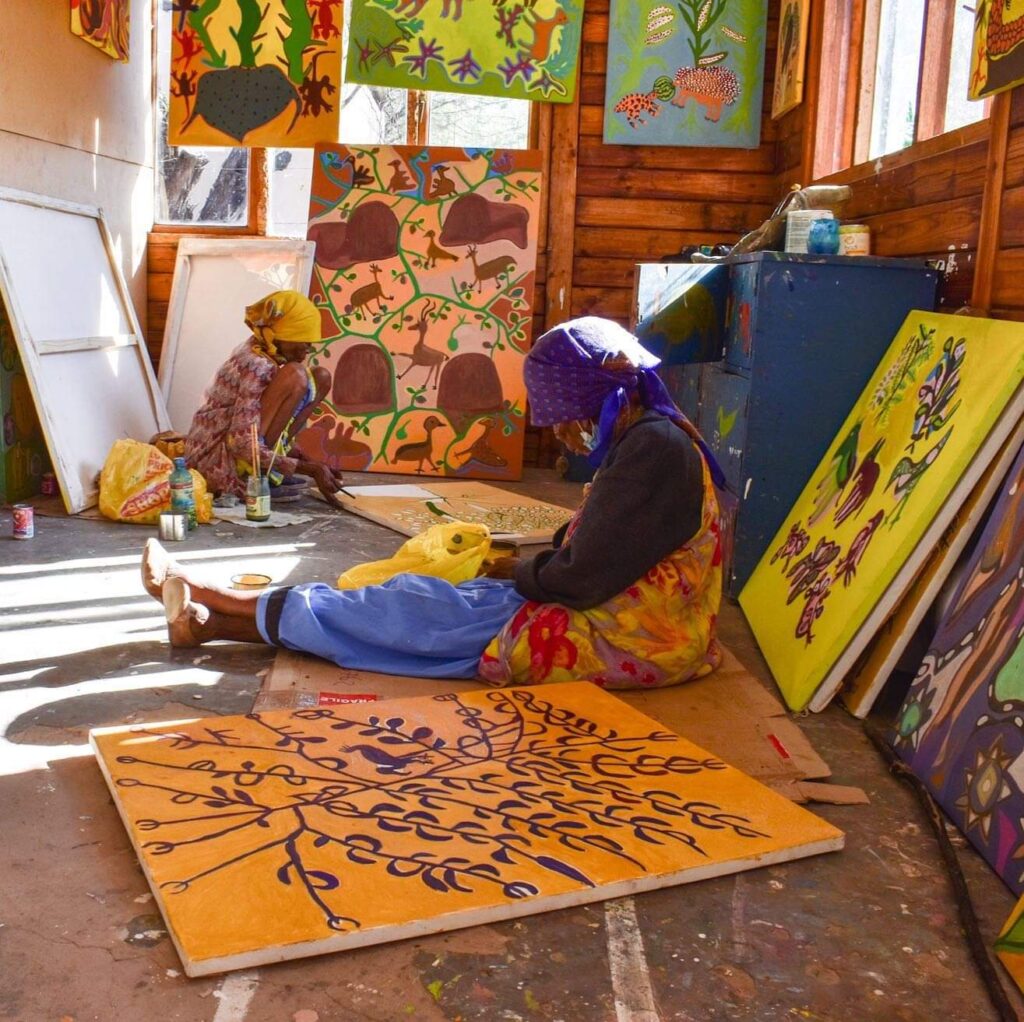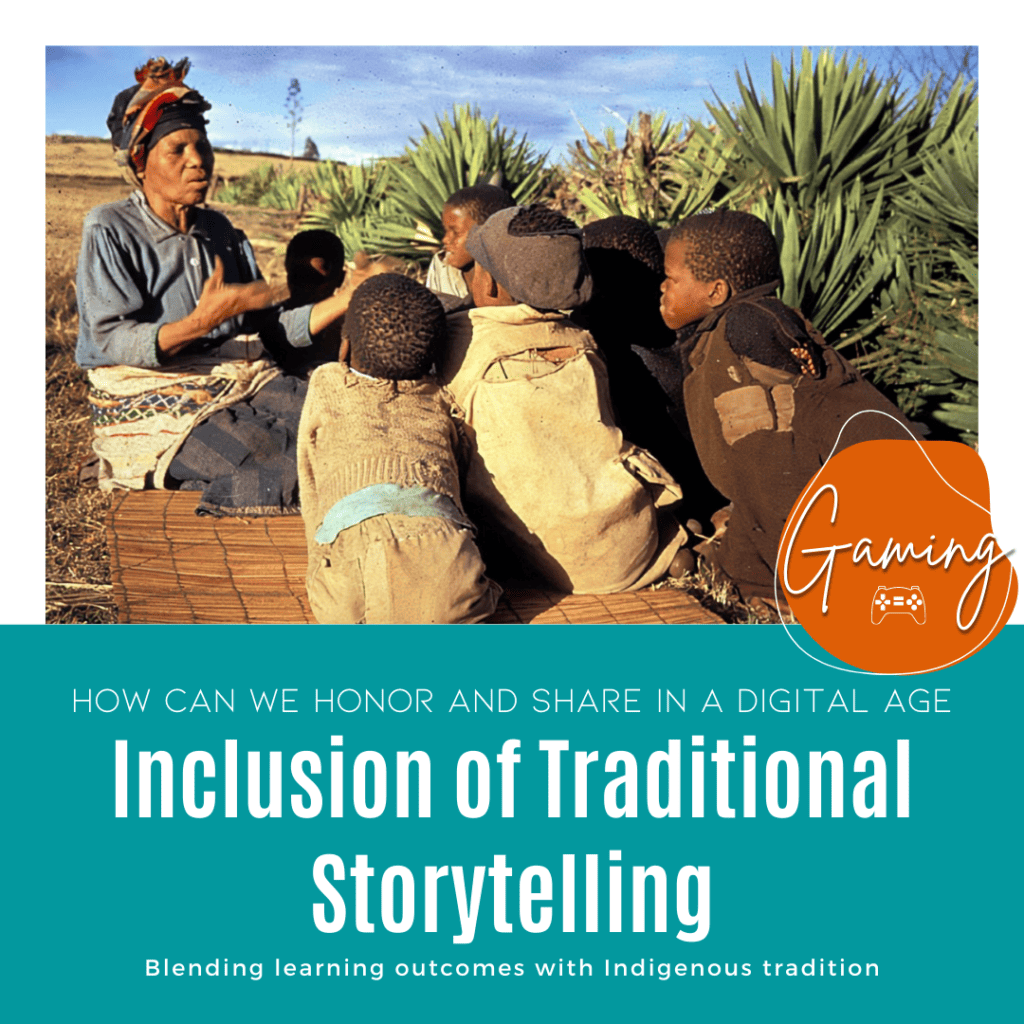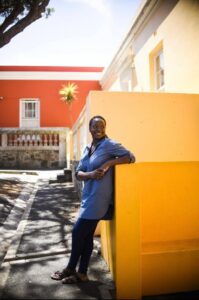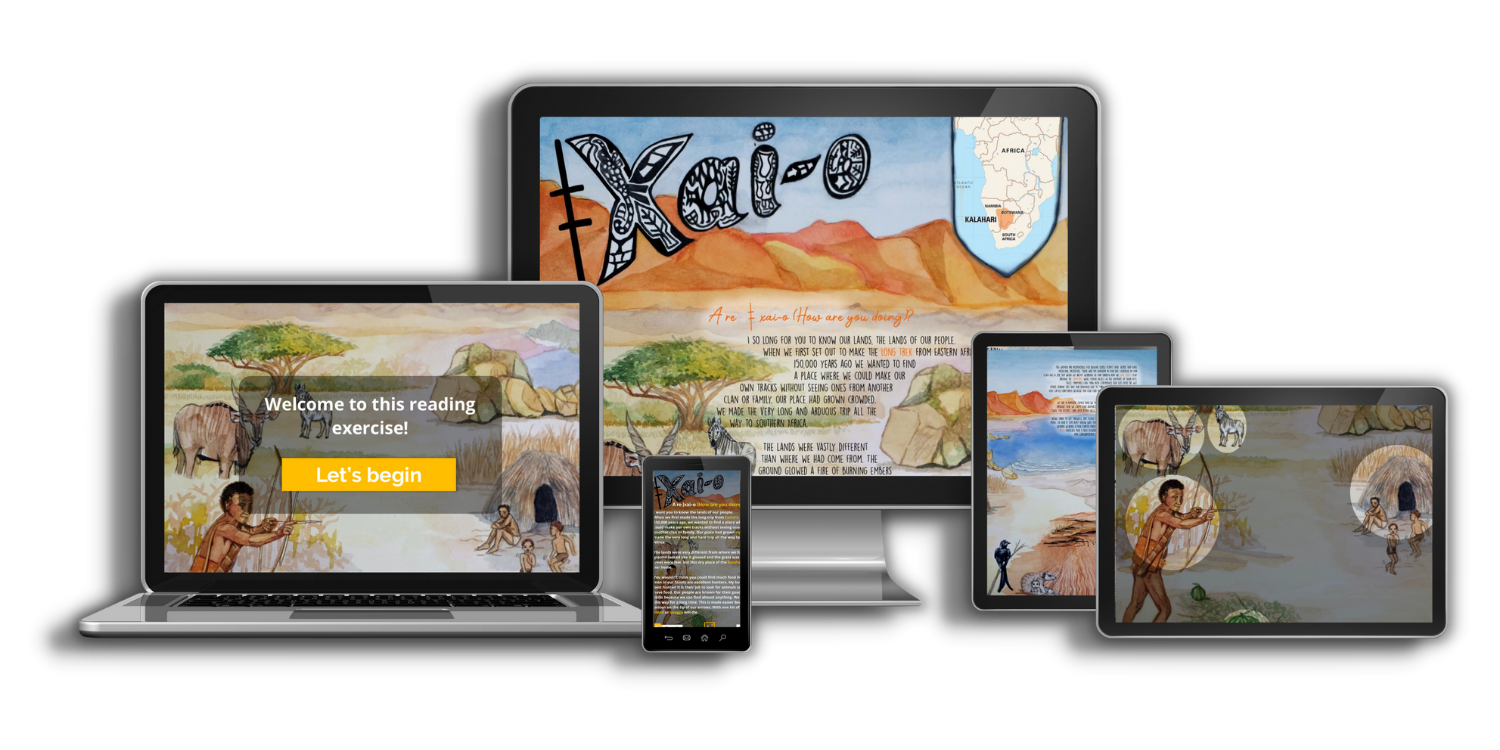The last two weeks we explored the nature and variety of gamestorming (is a form of brainstorming that leverages the use of games).
I had something already in mind as we headed into this assignment. Over the past two years, we (my students and myself) have researched and completed some really …innovative ways…of presenting Black South African history. We called the project Telling OUR Stories because for once we as Black individuals were recording and telling our stories from OUR perspective. Our stories were told with integrity and had our well-being in mind.
But there was a barrier. Many of those we wanted to reach could not read in English and that prevented them from connected and communicating with the greater world, including the web.
How could we help them connect with their ancient stories and the internet?
That’s when the idea was born. Virtual Reality with a multilingual twist specific for South African students.
We were first tasked with exploring the various ways that gamers use to brainstorm about the content they are creating. We toyed with Rapid Fire. Which was basically us throwing out as many ideas as we could around Telling Our Stories –San. We came up with a hefty list of 14 ideas that covered such topics as teleportation, road trips, scavenger hunts, customization of an avatar in traditional clothing, and stories inside a game.

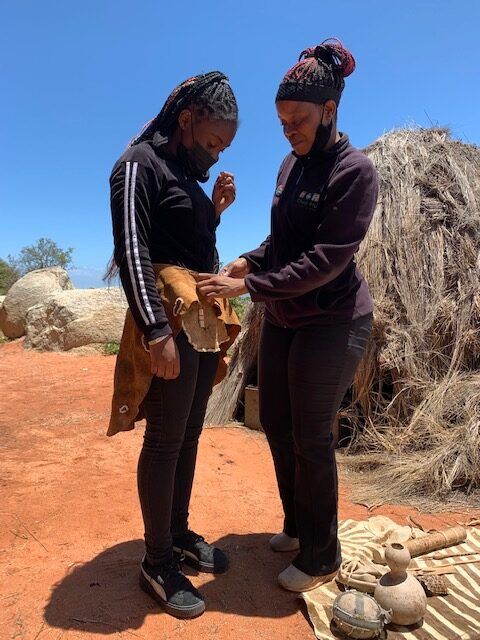
What was the theme of this narrative creation? South African History with English learning and exploration as the aim. It would need to be exciting, and the player would feel like they were going on a journey. The learning and exploration would help them learn English in context with stories they were familiar with or could relate to. We wanted to keep the concepts simple, they would be able to define, identify, and demonstrate knowledge of these English words: penguin, meerkat, eland, quagga and the drongo bird (my first go at learning outcomes included nonfuctional verbs…basically they do not work, so this is my second go).
Idea Cards was another type of gamestorming method we explored. And this was really fun! We didn’t struggle so much coming up with a whole list of words on our post its.
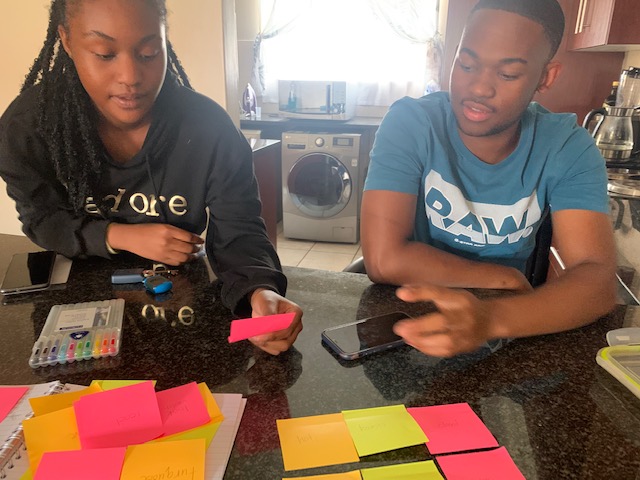
We also completed a decision tree but found that a little tedious and drag in the brainstorming department. Our game is especially designed with our community partners at Selowe Primary School in Polokwane, Limpopo.
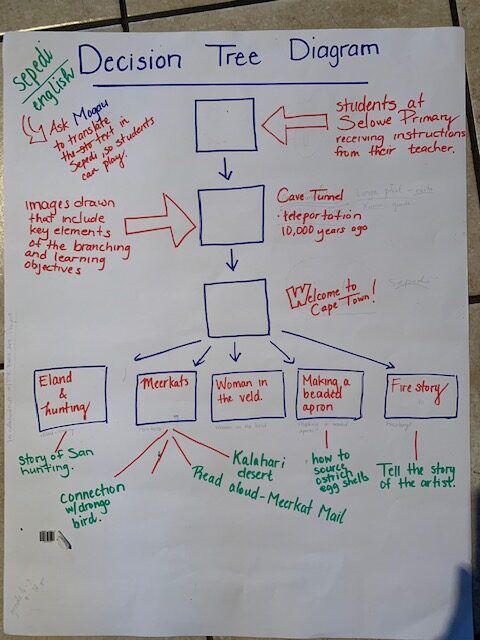
We watched this bit for inspiration and more idea generation around story mapping. These two teens of mine found the details of Darfur is Dying too realistic and detailed. They commented that “why would we want to play something that feels so sad?!” Important to note that while South Africa is not necessarily dying there are many elements that we could relate to and it was not only sad but a bit traumatic because we have our own list of things here too (unclean water, HIV/AIDS and the same common afflicter–poverty). I think it’s important for me as a designer to think about the realistic approach but also it shouldn’t be too realistic because it can trigger emotional trauma, especially multigenerational sustained trauma, that youth of color are still trying to learn how to cope with.
“It’s in fairness and justice and safety and equity.”–Dr. Joy DeGruy
Now onto Story Building
The year is 2023, and all the stories of indigenous South Africans has been deleted. GONE
Our mission is to travel back nearly 10,000 years ago to the time of the San. They were the first to live in Southern Africa.
The player will board a Cessna 172 from Limpopo (Selowe Primary School) and fly directly to Cape Town. Their pilot is Lunga and the elder guide is a Ju|hoansi grandmother named Xama.
The flight is short, as we fly into to Cape Town there is no space to land–except a tunnel. The wings of the airplane are clipped. The journey now continues by foot.
As you step out of the cave…things have changed. There are no buildings or cars. Xama holds the players hand and says welcome home. She tells them that they will need to find out ancient stories of animals and traditions through the mysterious images that have been painted on the cave walls. There is a problem, the player is unfamiliar with the vocabulary and the images.
As the student journeys through the game, they learn about the various images and what vocabulary are associated with them. They find clues or keys that allow them to move onto the next task.

Meerkats by artists at the Kuru Art Project
We really wanted to make this as authentic as possible by using local artists to help bring this vision to life. We contacted Kuru through our partner Khwa ttu in Cape Town.
What I found out is that my request of having all the animals (meerkat, penguin, drongo bird, eland and quagga) on one image was not in the essence of how these particular San artists tell their stories. Moreover, they were not familiar with penguins. We had to pause.
We decided that while communication is of the most importance, so is collaboration. The curator of the project said that we could apply for digital licenses to use art that had already been created. CURVE BALL.
So instead of just hiring a digital artist to bring my idea to fruition, I am going to go with the authentic storytelling method of the San to help tell their stories.
